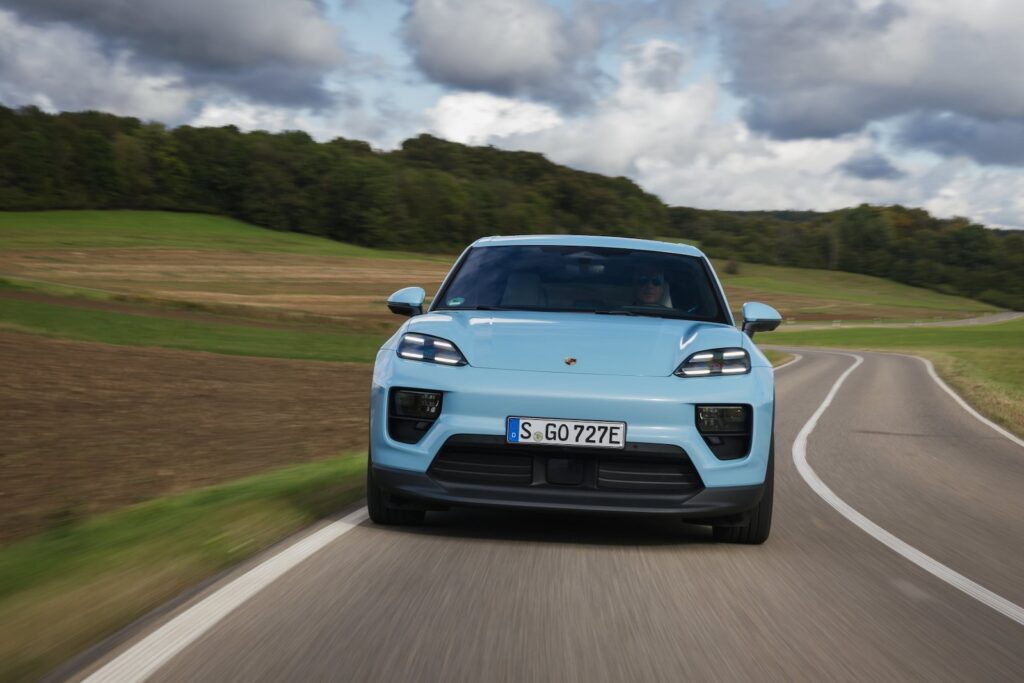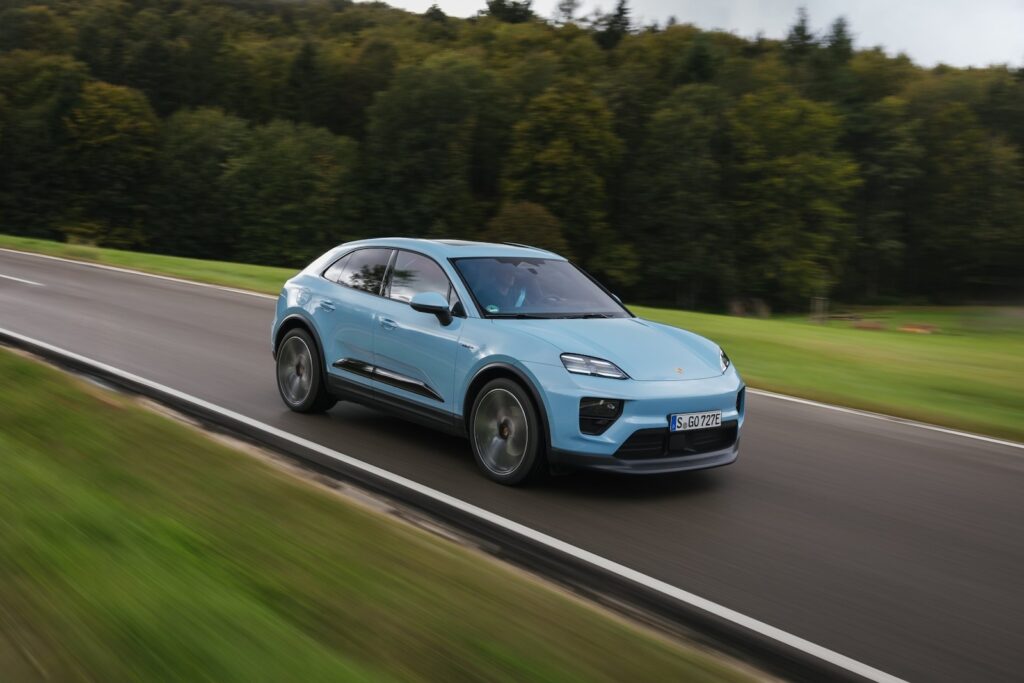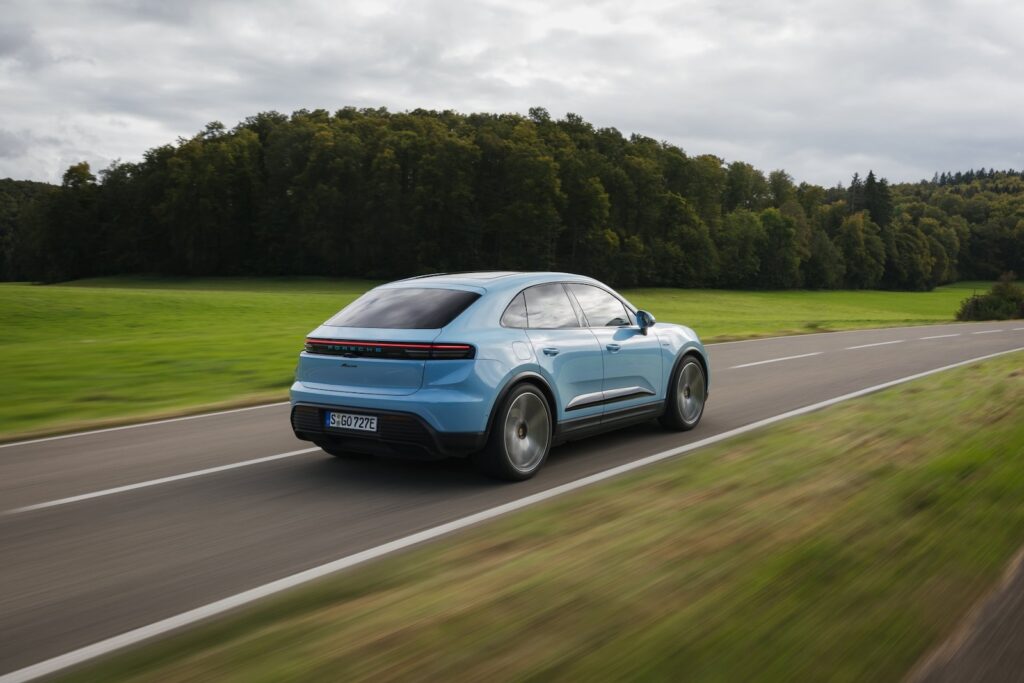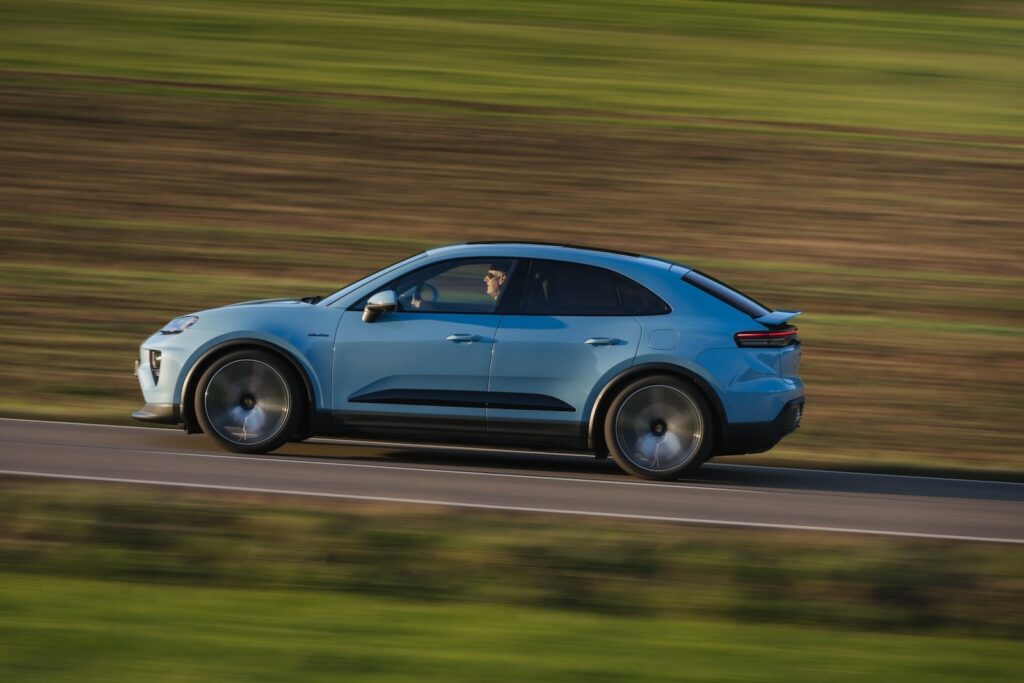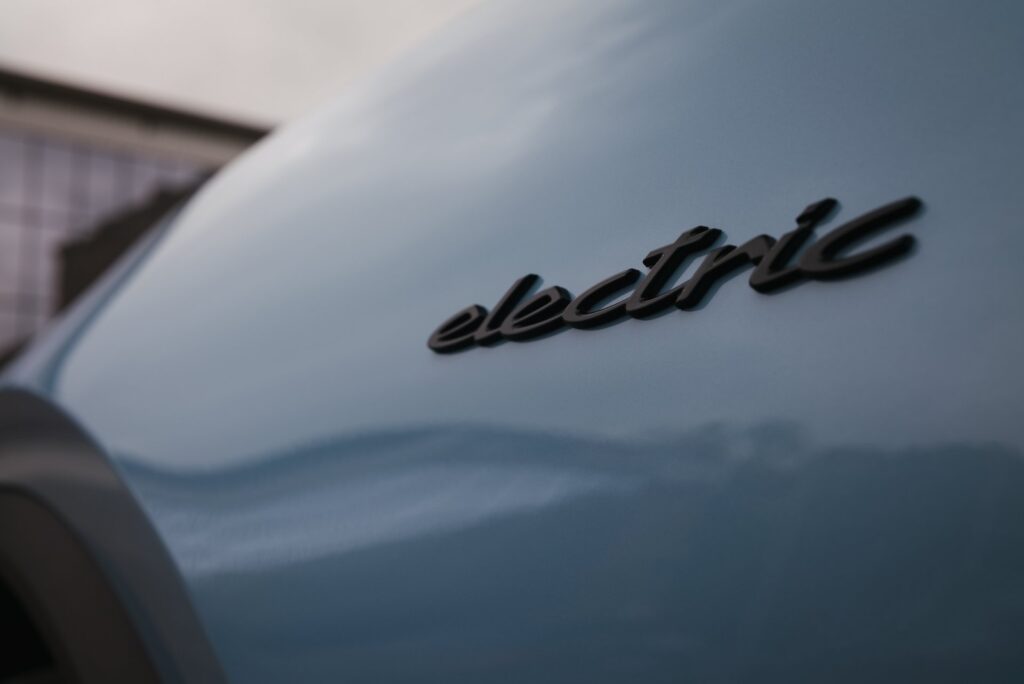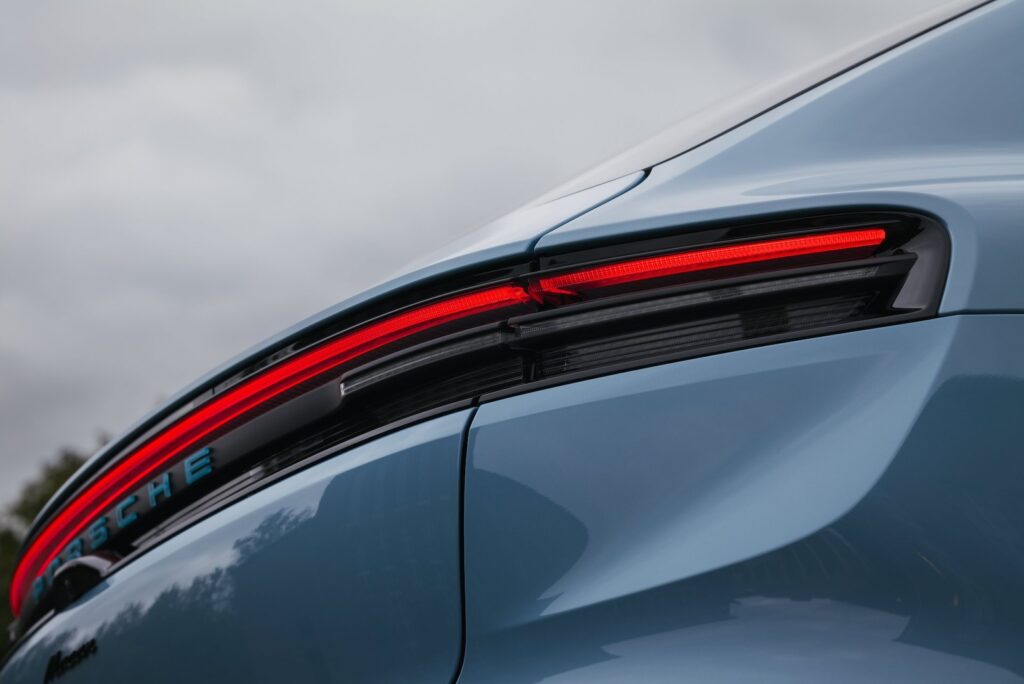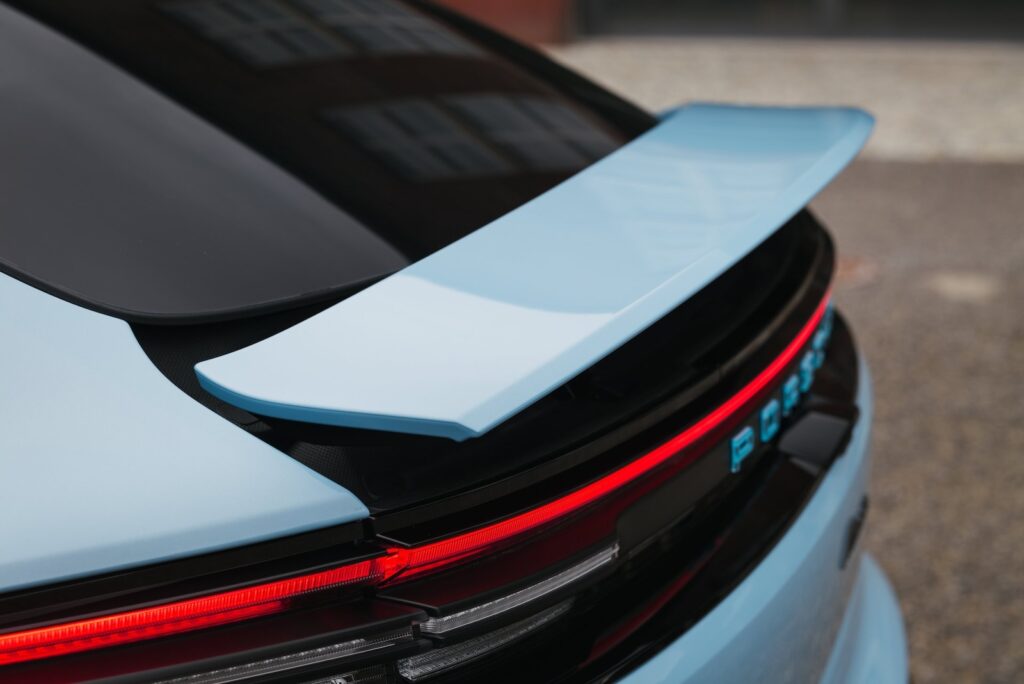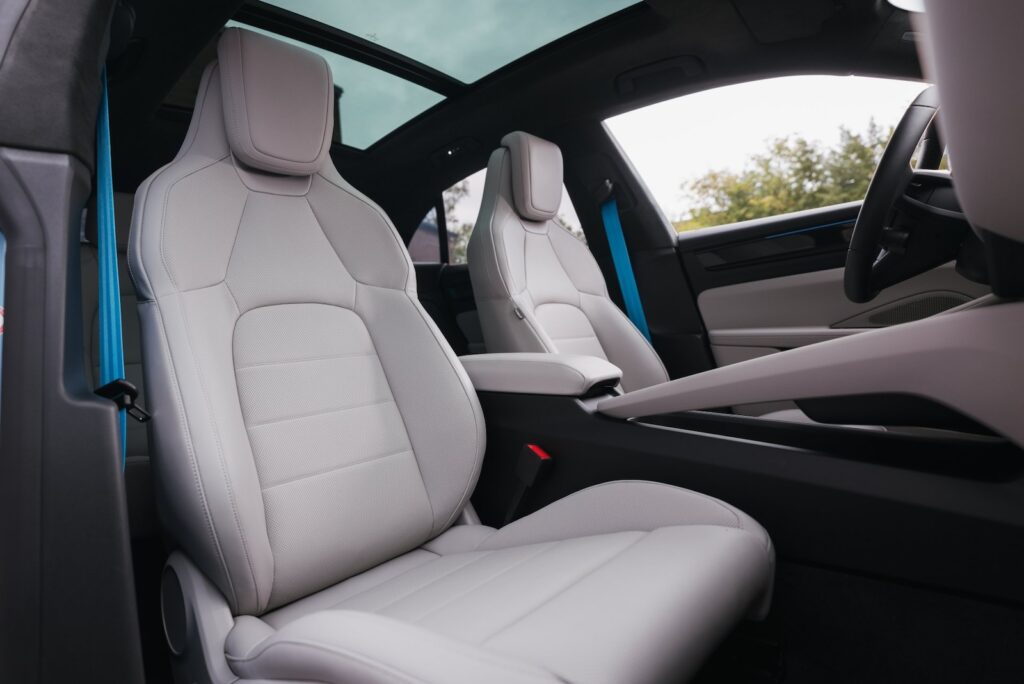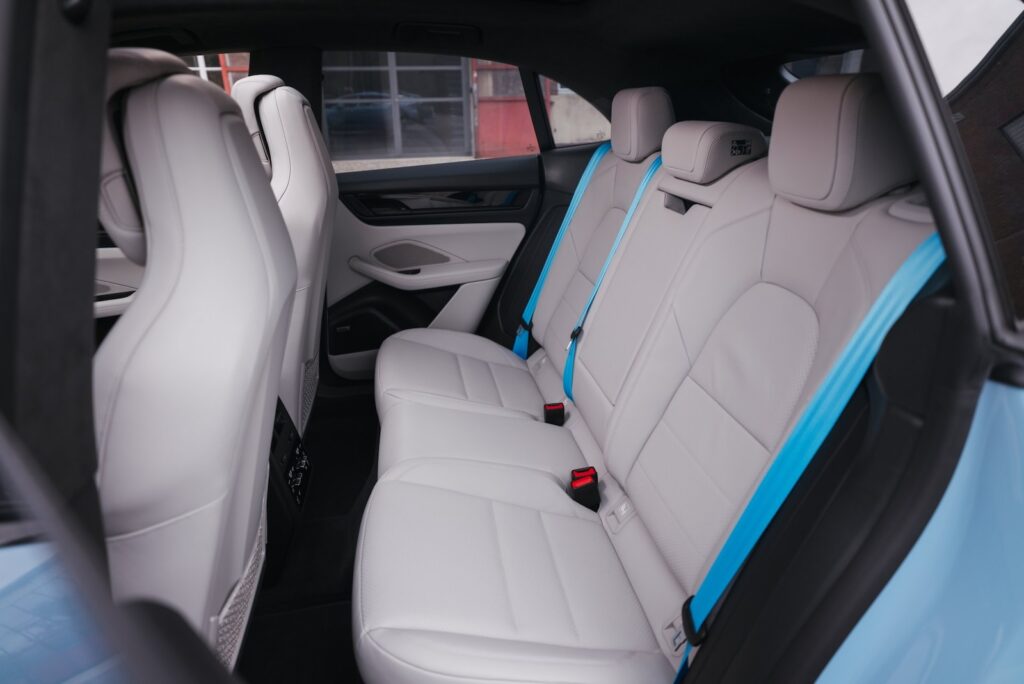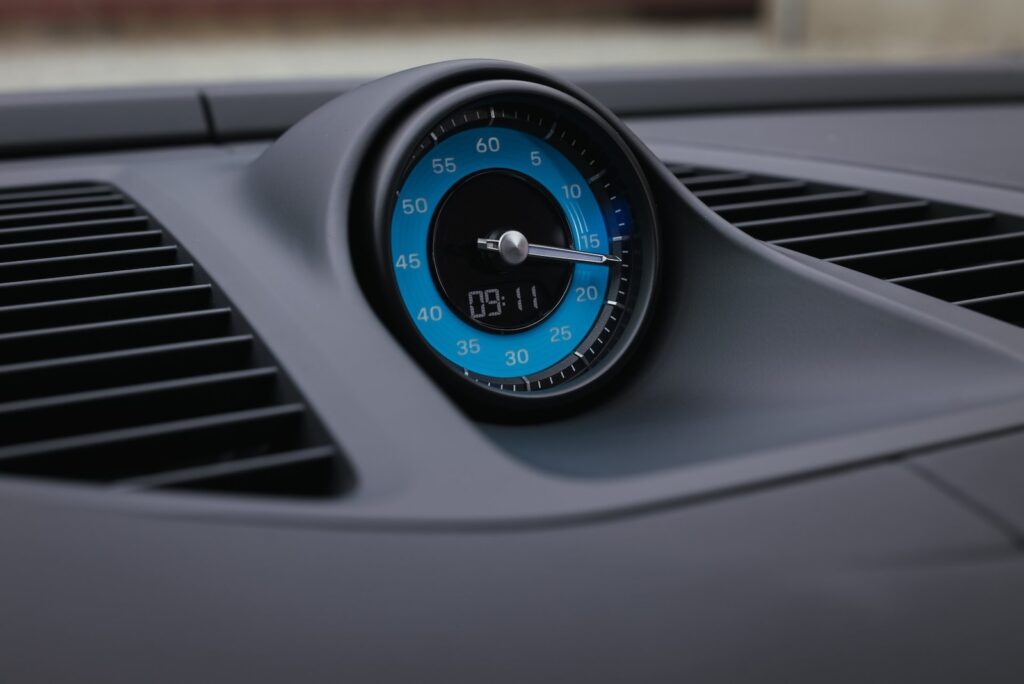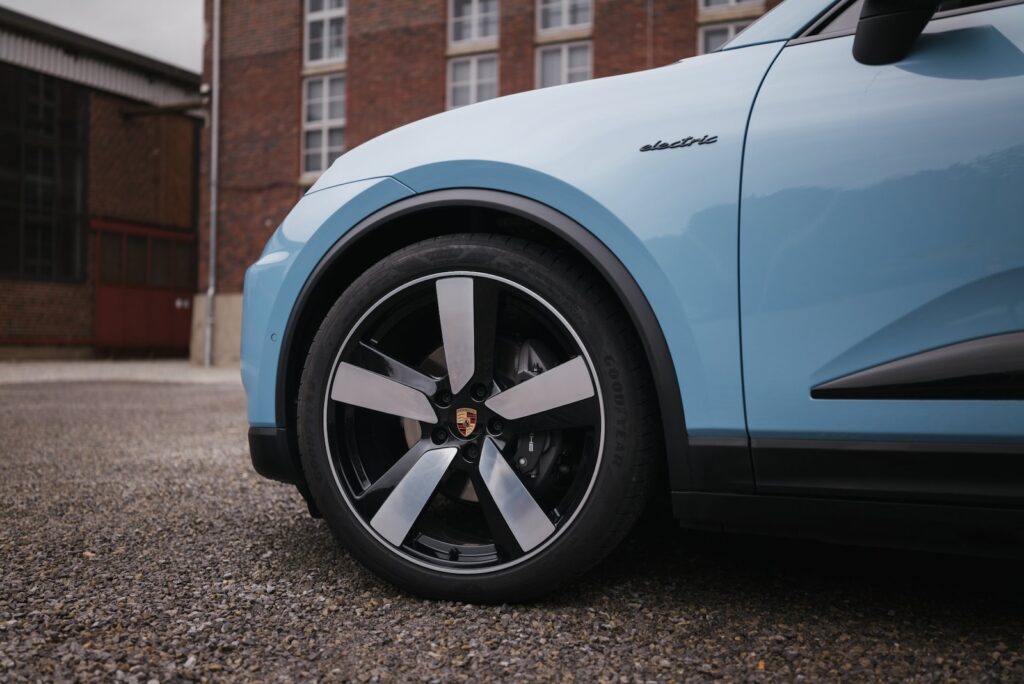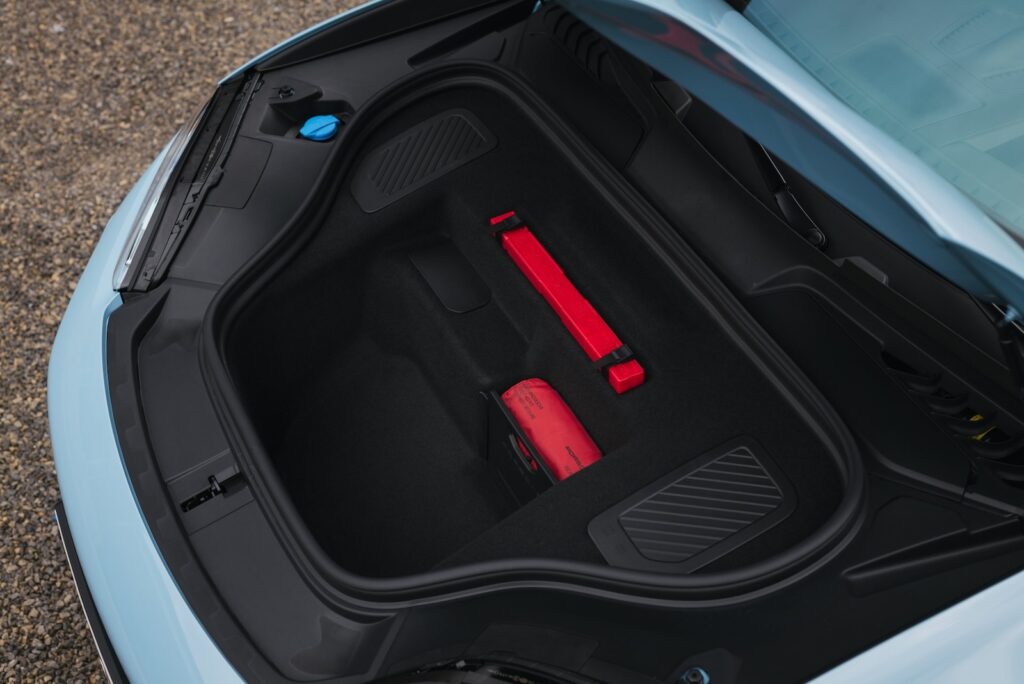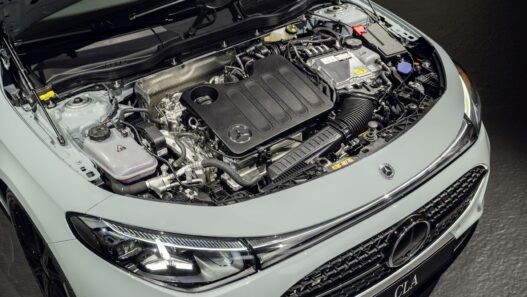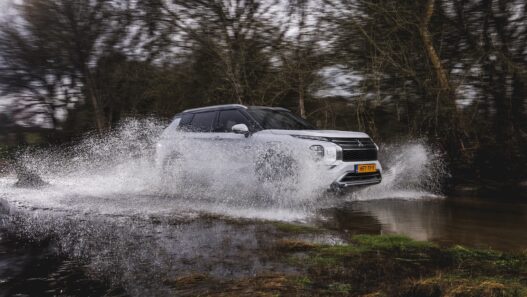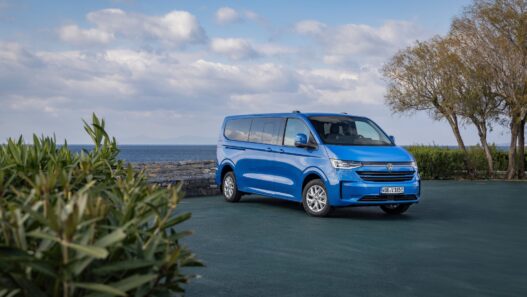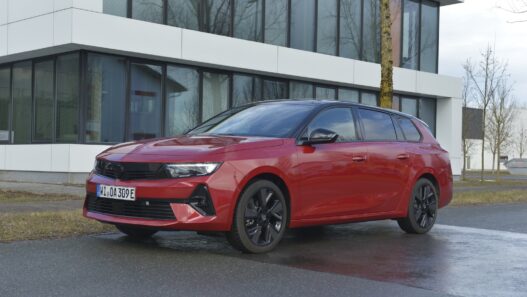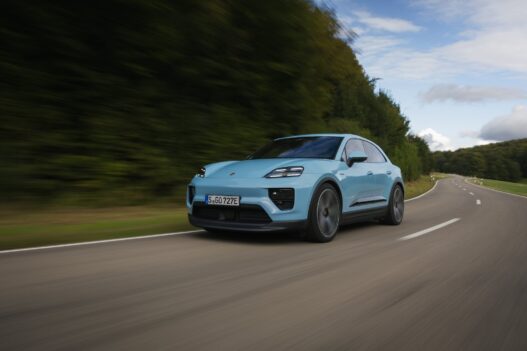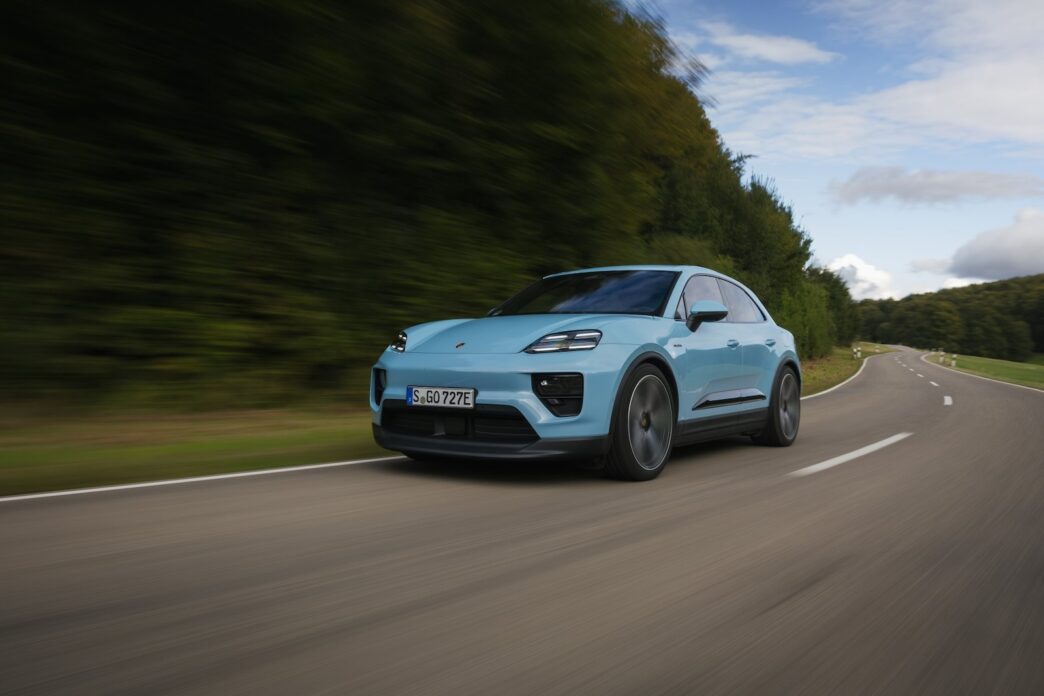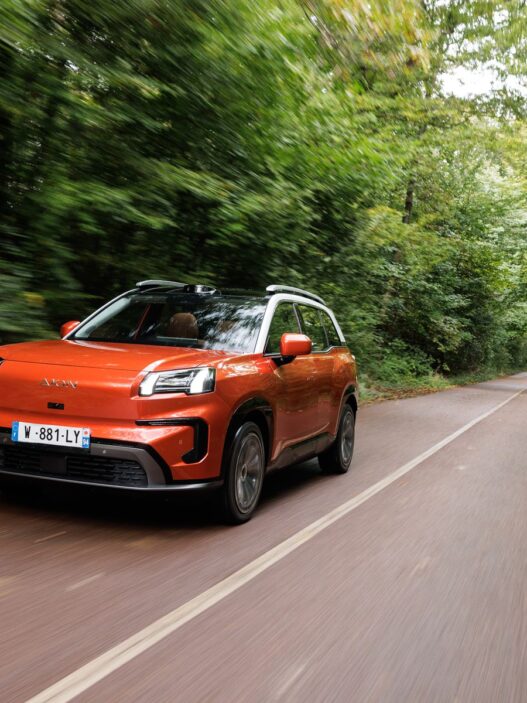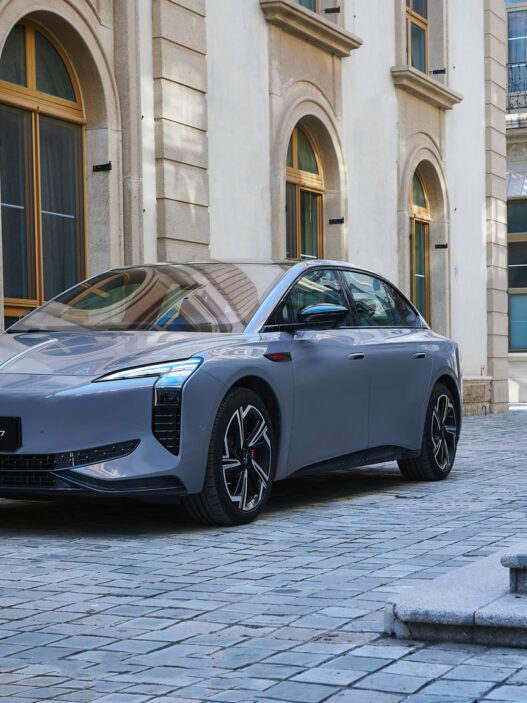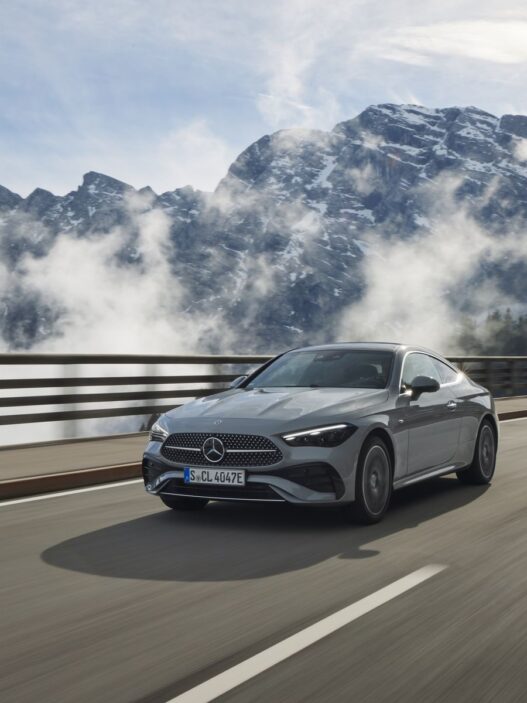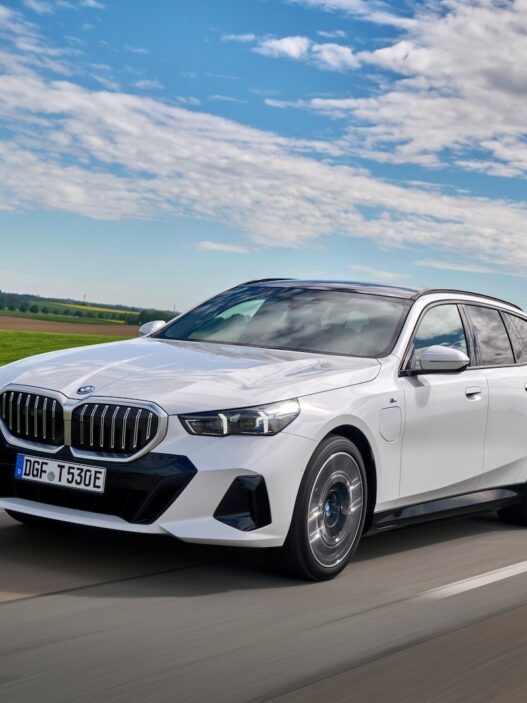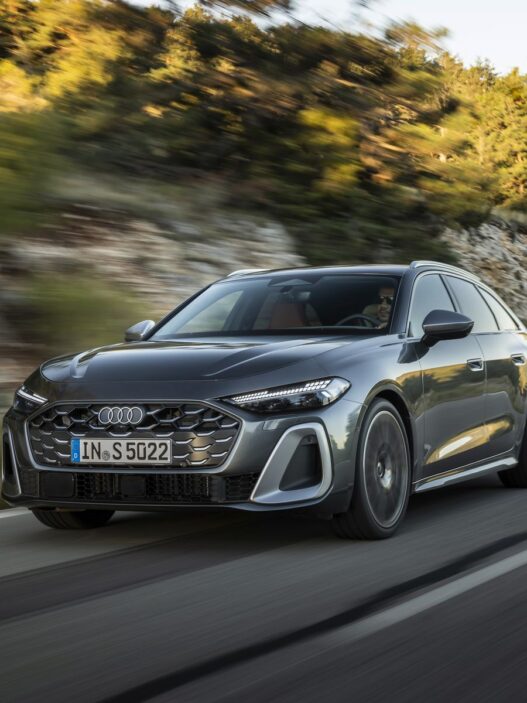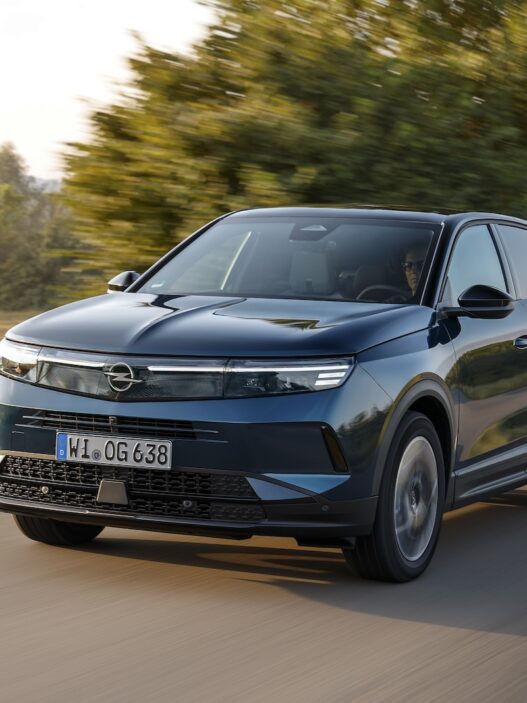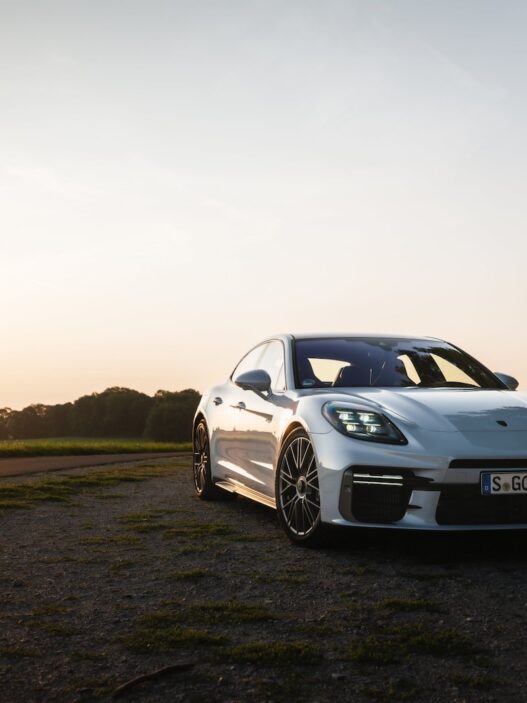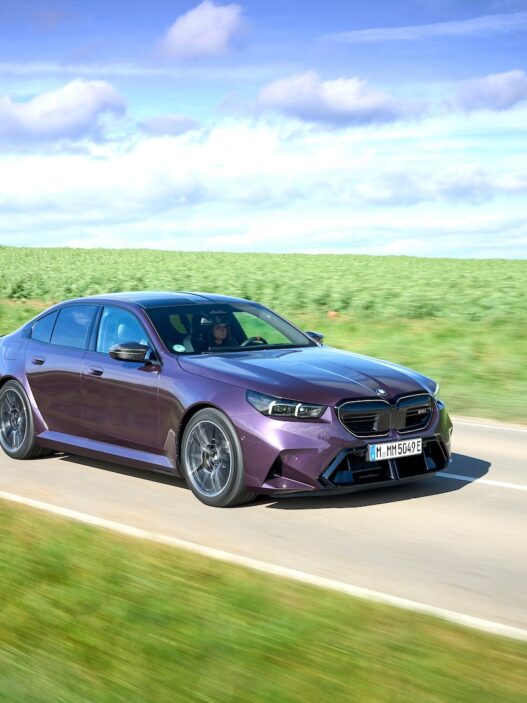The new all-electric Porsche Macan is under pressure to deliver, following the success of its combustion-engine predecessor. As one of Porsche’s biggest revenue drivers, the Macan now enters a new era, and expectations are high, particularly for the entry model, which Porsche hopes will capture a significant share of sales. But does this base Macan, without any extra badges on the rear, deliver enough Porsche DNA?
A Familiar Face with Ample Power
At first glance, the 4.78-meter-long entry Macan looks identical to the more powerful 4, 4S, and Turbo versions. With 250 kW (340 PS) under the hood, the base model sounds promising for an entry-level option. However, unlike its stronger siblings that boast all-wheel drive, this Macan directs all power to the rear wheels only—a lot to handle for a single axle. On winding country roads or slick surfaces, the 250 kW of power and 563 Nm of torque make their presence felt as the rear struggles to maintain traction.
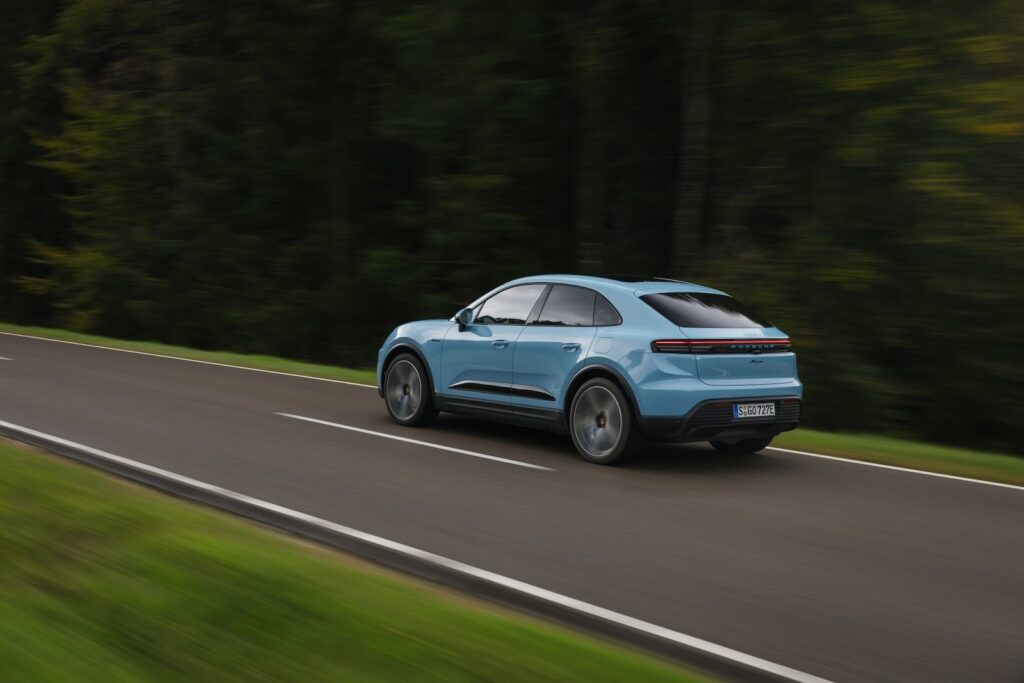
On dry, smooth roads and with a measured touch on the accelerator, the 2.2-ton electric crossover channels its power smoothly. The steering remains precise across different speeds, while the suspension and damping show the firmness expected from a Porsche, even in this basic setup. Thanks to the 100 kWh battery in the floor, weight is well-distributed, helping maintain a balanced feel. With a standard consumption of 17–20 kWh per 100 km, the Macan achieves an impressive range of up to 640 kilometers.
A Genuine Porsche?
The base Macan feels like a Porsche, but it falls short of being a dynamic powerhouse. The substantial weight somewhat dampens the thrill, and while the steering is precise and acceleration decent, it lacks that punch Porsche fans crave. If more is needed, the Macan 4 with 408 PS (distributed to all wheels) might do the trick, though the 4S with 330 kW (448 PS) and a temporary boost to 516 PS delivers a more exhilarating experience. The added 820 Nm of torque in the 4S provides a serious surge of power, even with its 120 kg weight increase.
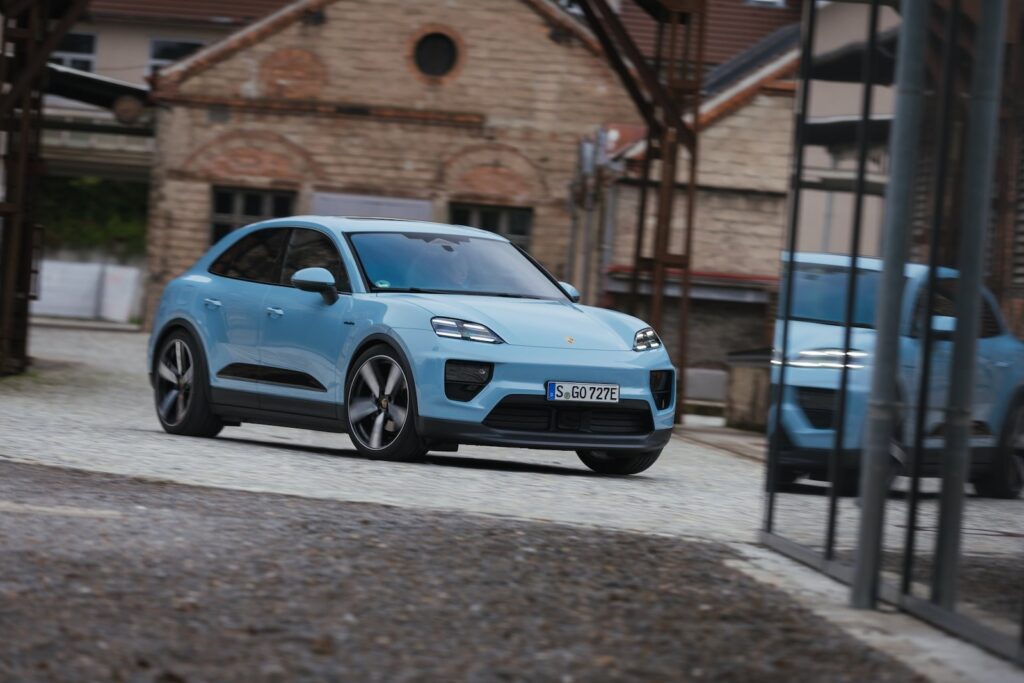
For those who don’t require all-wheel drive, the base model offers an attractive option, especially in regions with minimal need for AWD. But a slightly softer, more comfortable setup might appeal more to these buyers, as the electronic dampers alone can’t fully offset the firmness of the 235 tires in the front and 285 in the rear, paired with stylish yet stiff 20-inch wheels. Larger wheels would only add to the rigidity felt in the well-finished interior, which comfortably seats four adults. The rear seats fold down to expand cargo space from 540 to 1,384 liters, while an additional 84 liters under the front hood provides ample storage beyond the usual charging cables.
Charging Speed and Autobahn Comfort
Although the latest Taycan generation sets new standards with its 310 kW charging, the Macan’s 270 kW rate is still fast. Recharging from 10 to 80 percent takes just around 20 minutes, enough for a quick coffee break without wasting time.
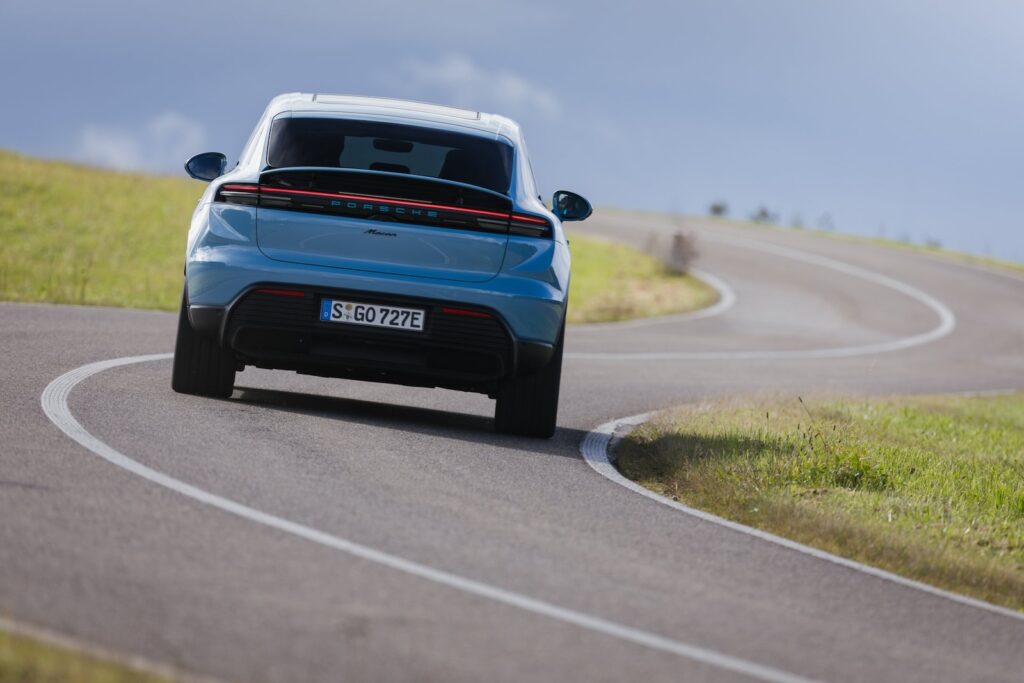
Notably, unlike many competitors, Porsche’s base Macan isn’t limited on the autobahn—it can reach up to 220 km/h if desired. The more practical feature in everyday life, though, is its 5.7-second sprint from 0 to 100 km/h, a solid figure for a starter model that begins at €80,700.
Technical Specs: Porsche Macan
- Motor: Electric, rear
- Power: 250 kW / 340 PS
- Max. Torque: 563 Nm
- 0–100 km/h: 5.7 seconds
- Top Speed: 220 km/h
- Consumption: 17.0 – 19.8 kWh / 100 km
- Battery Size: 100 kWh
- Curb Weight: 2,220 kg
- Cargo Capacity: 540 – 1,384 liters
- Price: from €80,700
